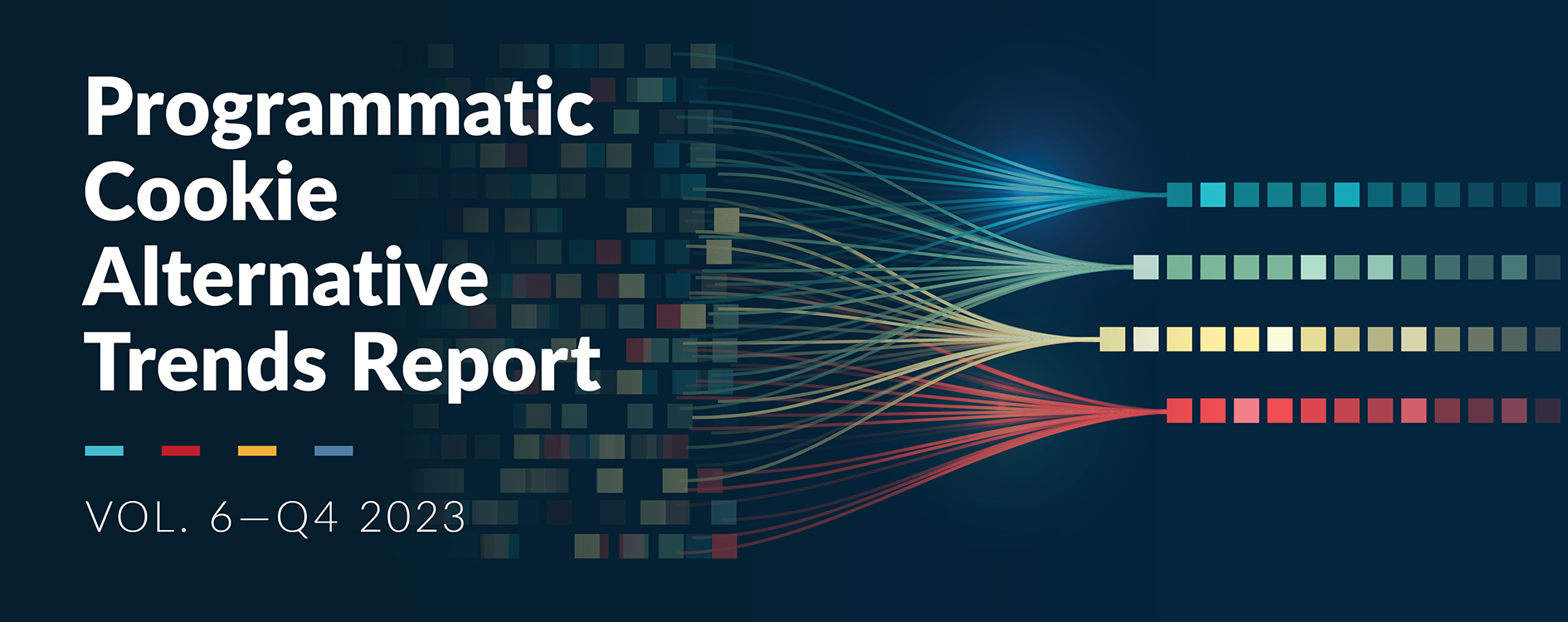Google’s recent reversal on its cookie ban — at least until 2023 — has provided marketers and publishers with a temporary reprieve by delaying the depreciation of 3P cookies on Chrome browsers. Previously, Google announced in March they would not create or allow alternate identifiers to track users effectively declaring the cookie dead. But now it is on life support.
Google’s delay, however, does not change the fact that approximately 40-50% of a publisher’s traffic is uncookied with the majority stemming from Safari or Firefox, making it extremely hard to monetize. Considering that Safari is the most popular mobile browser in the US, there is a lot of missed opportunity for monetization. Publishers are now fighting with one hand behind their backs.
In 2020, the IAB estimated programmatic advertising was 85% of total US ad spend. Unless programmatic inventory is tied to a cookie or another identifier, demand generally bypasses cookieless traffic. Without addressability, CPMs will plummet 60% according to Google’s own Chrome study, a percentage already seen by publishers across Safari and Firefox browsers. In other words, you don’t have to guess what will happen to CPMs, just look at non-Chrome traffic. This imbalance leaves marketers competing in the same pool of cookied inventory, driving prices higher and leaving premium non-cookied inventory under monetized. Seems a little nonsensical that the browser is the gatekeeper if an impression has value or not.
Google’s reset allows publishers to focus on growth, not survival. Think of this remission of sorts as a means for Chrome monetization to fund your Safari testing strategies.
Registered Users Alone Won’t Save Publishers
Publishers that believe they can redouble efforts to significantly increase the fraction of visitors who register and log in are unlikely to succeed.
Publishers still need adtech to qualify and identify users that come to their sites that are not registered users. But, at the same time, they should avoid repeating mistakes by realizing the old way of business was tenuous at best.
The Rise of Cookieless IDs
Many of the industry’s current identity solutions are built for the demand side and focus on authentication, accounting for less than 5% of publisher inventory.
There are 23 registered IDs in pre-bid and 80-plus IDs in the market, all of which will struggle to reach scale because both advertisers and publishers must agree to adopt any one ID to make a data connection. And most cookieless IDs charge a usage fee that ultimately gets passed on to the publisher as a form of an ad tax, all without directly helping the publisher achieve monetization.
The deck is stacked against publishers, with multiple adtech companies asking for permission to put their code on the publisher’s page. It’s not only not scalable, but it’s also not a true value exchange, especially when many of the ID companies are charging publishers an identity-based CPM to target their own audiences.
On the other hand, Supply Side Platforms (SSPs) mostly take a more passive approach by supporting many IDs, but not actively providing a solution to boost and expand their publisher’s addressability. Publishers need an integrated solution that increases addressability across all inventory, allowing them to control their destiny without incurring incremental surcharges.
The Solution
In short, you need to take a portfolio approach and really dive in to see where the opportunities are for your authenticated and unauthenticated inventory.
The first thing that publishers need to do is identify their browser breakdown; few publishers have a handle on how much of their audience derives from non-cookied browsers.
For each browser, review the fill rate and the revenue generated. For most publishers, 50% of their inventory drives approximately 95% of revenue. Publishers are missing out on revenue from a significant portion of their inventory; not exactly a recipe for ongoing success.
They should immediately develop a short-term and long-term plan to monetize their non-cookied inventory. Doing this will help publishers make incremental revenue today and be ready for when the cookie actually crumbles.
Finally, continue to assess ID providers. A bit of leverage has returned to publishers now that the cookie horizon has increased, but the conversations still need to happen today. The quickest way to evaluate vendors is to ask how they’re solving for Safari and IOS. If they don’t have a clear answer, you can move on to the competition.
The cookie may temporarily live on, but the time is now to plan for a cookieless future.
This original article was originally featured on Advertising Week.







